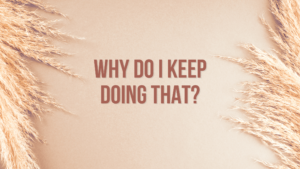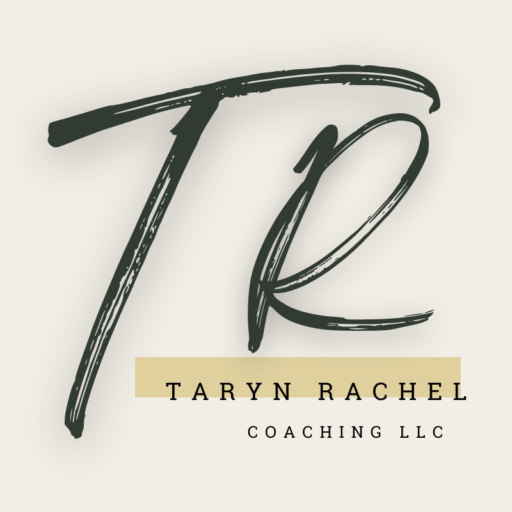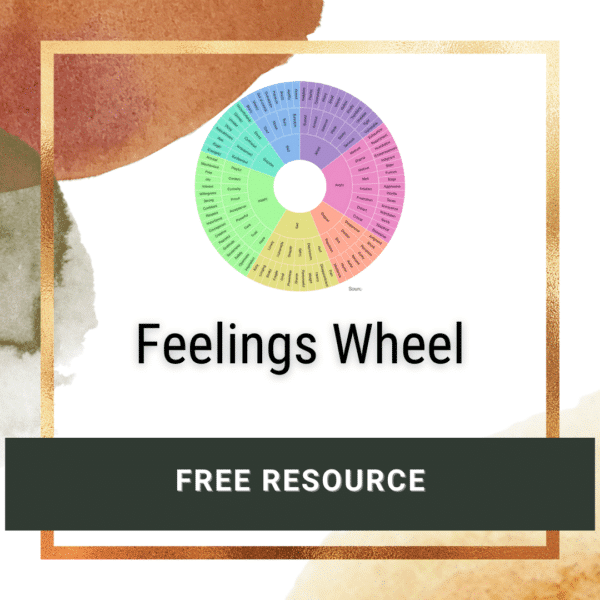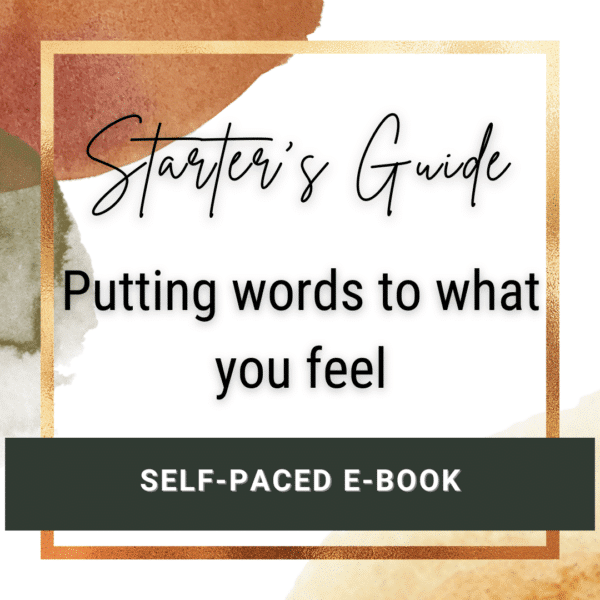The More You Trust Yourself, The Healthier Relationships You'll Have.
Receive easily-applicable strategies to build self-trust so you can experience unshakeable confidence.

How to Stop Feeling So Insecure & Paranoid After Your Trust Was Broken
Broken trust at its core is a blindside. Blindsides make for good TV ratings, not good relationships.
Affairs, betrayals and past traumatic events force us to come to grips with the reality that trust is risky.
The moment it’s broken, our bodies feel the devastation. The heartbreak now lives in us.
When we’re betrayed, we tell ourselves things like:
- I never should have trusted them.
- How could they do that to me?
- I should have seen it coming.
- I know I should be mad, but I don’t want to live without this person.
- … I don’t trust anyone.
Maybe you’ve never had thoughts like these in your life, but after betrayal, you’re cynical, closed off and protective. Rightfully so. Safety was violated and your brain and body are trying to keep that feeling from ever happening again.
But then, sneaky little questions creep in behind these thoughts and prod at you:
- If I didn’t see this coming, what does that say about my judgment?
- If I didn’t see the warning signs and trusted them anyway, is this my fault?
- If they hurt me and I still want their attention, what does that say about me?
- If someone I trusted caused such immense pain, how will I ever trust anyone again?
The game of “what-ifs” is designed for you to lose.
Now, not only trust for others but trust for yourself has been fractured. Your judgment, your self-confidence, and who you are at the core are in question.
Friend, I see you. I’ve been there. The discouragement is enveloping.
What if I told you, your hurt doesn’t get to define you for the rest of your life? Even if you can’t see far enough into the future right now to believe that’s true, I’ll believe it for you until you can see it for yourself.
This defining moment is a shocking, twisty chapter of your story – not the whole book. I promise.
…So now you’re probably asking, “how do I stop feeling so insecure? Angry? Afraid? Sad? Or how do I stop thinking about what happened All. The. Freaking. Time??”
The hard truth is that you’re not going to stop feeling totally insecure right away. That’s either called a miracle or denial of your emotions.
I believe in miracles that bring peace that makes absolutely no sense, and I want that for you.
I also want you to be able to navigate this hurt in a healthy way that you feel proud and confident in yourself.
So if your immediate goal is to stop feeling something, that’s going to leave you feeling defeated, frustrated and probably hard on yourself.
When you are continually trying to stuff the beach ball underwater (AKA, that emotions you’d rather avoid) it will keep popping up. It’s inevitable.
Instead, I want to introduce you to a new method that allows you to embrace the honesty of the emotion so you can release the pressure on the panic of it’s presence.
This is my Five Step Method to move you from panic to present:
- Acknowledge the feeling. Name it out loud. “Oh, I think this is fear”. Acknowledging that triggers exist around trust will set you up to give validation and grace instead of shaming yourself, avoiding the hard feeling or stuffing down the beach ball.
- After acknowledging the emotion, here’s a short, but jam-packed phrase to tell yourself next. “I’m okay” or ”I’m safe”. In the moment of a trigger, everything in your brain and body is saying, “YOU’RE ABSOLUTELY NOT SAFE.” So, as long as it’s true and you are not in present danger, reminding yourself that you are currently safe and just experiencing a fear of future danger can bring you back to the present.
- Choose compassion for self over judgment. When a trigger comes up, the easy button can get loud and tell you, “just ignore what your body is telling you, it shouldn’t be a big deal” OR for you overachievers, it can sound like, “what do I need to do to make this go away – fast.” You guessed it, neither of these options leads to the result you desire: to navigate a trigger in a way that will bring healing instead of prolonging it’s existence. Instead, extending compassion in this moment sounds like, “This feels disappointing… and I know I can get through it.”
- This next step can leave most people unsure how to answer. After a trigger rears its head ask yourself, “what do I need?” Often times you won’t know. And guess what? That’s okay. This is trial and error until you figure out what feels centering to you at different times. If you realize what you thought you needed isn’t actually helpful, that’s useful information too. Once you can begin to identify what you need, it can move you from sitting with a trigger >>> toward empowering action.
- The last and most important piece of this method is to meet the need. Following through on what you think you need in a triggering moment shows you that you can navigate a difficult time. Plus, this step builds trust that safety can come from within you, it’s not only generated by someone else. The only way to find out if the idea you have for a need is going to help is by taking a guess at the need and following through.
Something my clients find really helpful is putting these 5 steps together into a short, memorable phrase they can return to and repeat in moments of feeling triggered. The key is practicing it outside of triggering moments so you already have it when the fear or insecurity creeps in.
Navigating a trigger = acknowledgment + reassurance + compassion + identifying a need + follow through
Need some examples? 👇🏽
“I’m feeling paranoid right now. I’m safe. It’s okay that I feel afraid. I need to move my body to feel safe again.”
“Okay, that conversation triggered some insecurity. Wow, that feels so disappointing. I really am okay even if it doesn’t feel that way right this second. I need some time to be alone and I’m going to voice that.”
If you’re on the other end of the screen nodding and thinking, “Yes, this sounds great, but I could use someone to walk me through this.”… I get it. The mind battle can be so overwhelming when navigating fear and insecurity.
That’s why, I just opened up 4 spots to work with me 1-on-1.
This is for you if you’re ready to gain back your peace of mind and step into the benefits of creating unwavering self-trust.
Pssttt… for more content like this CLICK HERE to subscribe to receive my weekly Meaningful Relationships emails!
5 minute meaningful Relationships Podcast
Related Podcasts 👇🏽
Building Self-Trust Blog Series
Pain Colors How We Think God Paints
The More Honest You Are With God, The More intimacy you’ll have with him. I share content for those struggling with past hurt so you can experience spiritual AND practical healing. Sent straight to your inbox once a week. Pain Colors How We Think God Paints Past hurt creates stories

“Why do I do that??” (Revealing the Why Behind What You’re Feeling with 1 Question)
The More You Trust Yourself, The Healthier Relationships You’ll Have. Receive easily-applicable strategies to build self-trust so you can experience unshakeable confidence. “Why do I do that??” (Revealing the Why Behind What You’re Feeling with 1 Question) When my friend doesn’t text me back after I share something vulnerable –

How to Stop Feeling So Insecure Paranoid After Your Trust Was Broken
The More You Trust Yourself, The Healthier Relationships You’ll Have. Receive easily-applicable strategies to build self-trust so you can experience unshakeable confidence. How to Stop Feeling So Insecure & Paranoid After Your Trust Was Broken Broken trust at its core is a blindside. Blindsides make for good TV ratings, not

9 Signs You Don’t Trust Yourself
The More You Trust Yourself, The Healthier Relationships You’ll Have. Receive easily-applicable strategies to build self-trust so you can experience unshakeable confidence. 9 Signs You Don’t Trust Yourself They cut me off abruptly, “Taryn, do you trust yourself?” I had never heard these words strung together. What did that even



